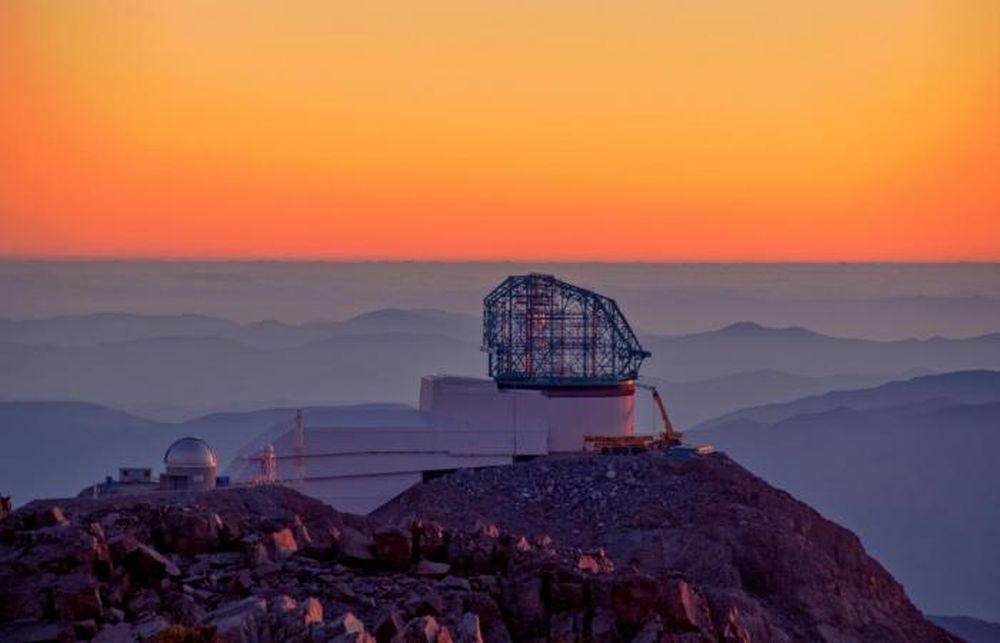The U.S. House of Representatives have passed a bill to change the name of the Large Synoptic Survey Telescope (LSST.) Instead of that explanatory yet cumbersome name, it will be named after American astronomer Vera Rubin. Rubin is well-known for her pioneering work in discovering dark matter.
The new official name of the telescope is the Vera Rubin Survey Telescope (VRST.) It’s under construction at Cerro Pachon in Chile, also the location of the Gemini South Telescope and Southern Astrophysical Research Telescopes. First light for the VRST is scheduled for sometime in 2020.
In a press release, Carnegie President Eric D. Isaacs said, “Vera demonstrated intellectual courage and a tireless commitment to discovery, which challenged conventional ideas and transformed our understanding of the matter that makes up our universe. We are pleased that this next-generation telescope is one step closer to being named in recognition of her contributions.”
The Scientist
Having a cutting-edge Super Telescope like the VRST named after you is a great honor, although in this case it’s being awarded posthumously. Rubin died in 2016. This naming announcement is a great opportunity to look at Rubin’s unique and historical career as an astronomer.
Rubin was born in 1928 in Philadelphia, and she eventually completed her undergraduate degree in astronomy at Vassar College, which at that time was an all-girls or women school. From there, she did graduate studies at Cornell and Georgetown universities. It’s worth noting that she applied to do her graduate studies at Princeton but was barred because she was a woman. She later became a dedicated promoter of women in science.
Rubin is most well-known for her work on dark matter. She studied the rotation of galaxies and discovered that, contrary to physics, the outermost hydrogen clouds in the Andromeda Galaxy were moving at the same speed as the innermost clouds. The implication was that galaxies should fly apart, unless there was some form of hidden matter, other than the stars themselves, which held the galaxies together: dark matter.
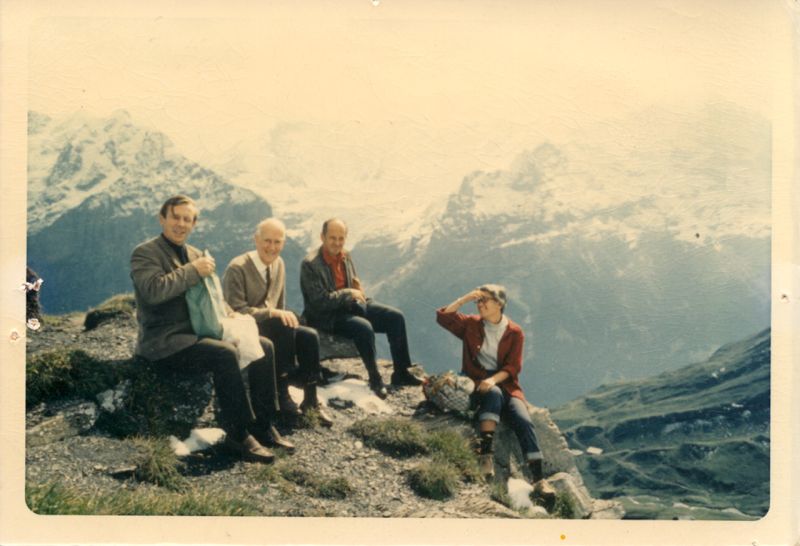
Other astronomers as far back as Lord Kelvin had suggested the existence of some type of unseen matter. In a talk in 1884 Kelvin said, “… many of our stars, perhaps a great majority of them, may be dark bodies.” In 1933, Swiss astrophysicist Fritz Zwicky surmised that there must be more dark matter than regular matter. Other scientists wrestled with the dark matter problem through the 1930s and later.
But it was Rubin’s work that provided solid evidence for the existence of dark matter.
A Pioneering Woman Astronomer
During her graduate work, Rubin studied over 100 galaxies and was one of the first to observe deviations in how galaxies move away from one another. She suggested that galaxies moved orbitally around a pole. This was a very controversial position, and though it was proven false, it was true that galaxies were moving, and it spurred further research into the motions of galaxies.
Rubin fought to be allowed to present this controversial result at the American Astronomical Society. She was pregnant, which at the time would have probably have been shocking, and maybe somewhat scandalous (though it’s difficult to understand now a married woman being pregnant is shocking.) However, the Society turned her down, and the paper outlining her research was largely forgotten.
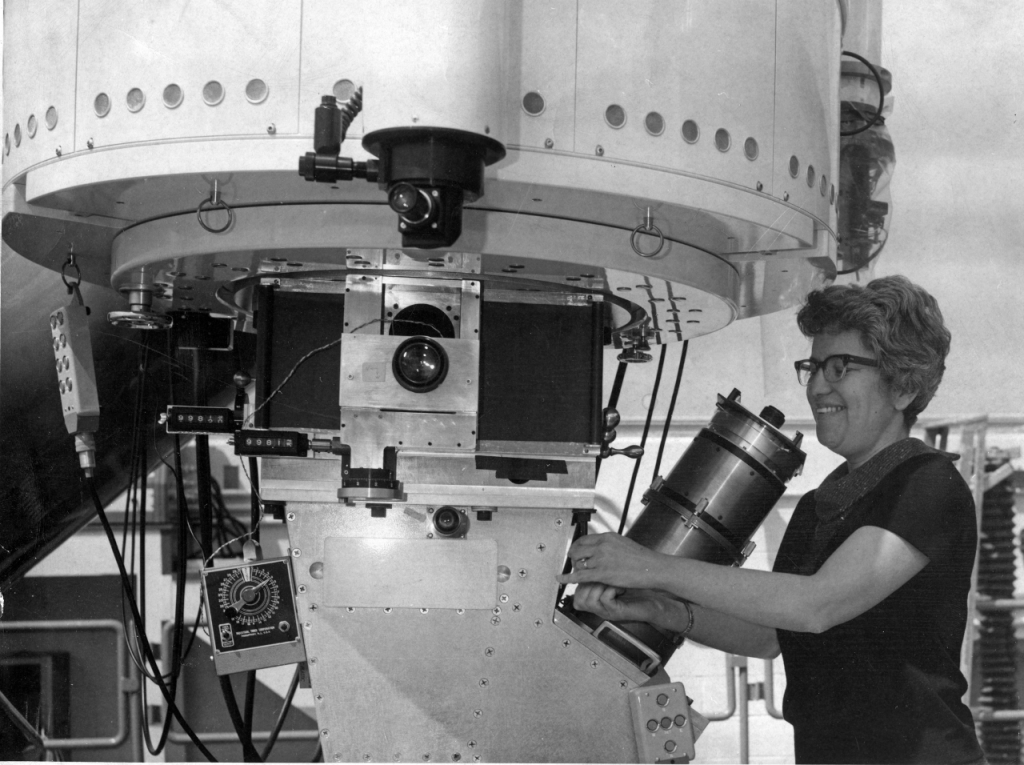
Rubin confronted the same institutional sexist obstacles that many women did at the time. She faced an uphill battle throughout her career, especially early. At one time she was prohibited from meeting with her post-graduate advisor in his office because that area of the university was out of bounds. When she observed at the Palomar Observatory, she had to make her own women’s bathroom because there was none.
She did have allies in the scientific community, though, and at times worked with Geoffrey and Margaret Burbridge, studied under Richard Feynman, and had a long-standing collaborative relationship with Kent Ford.
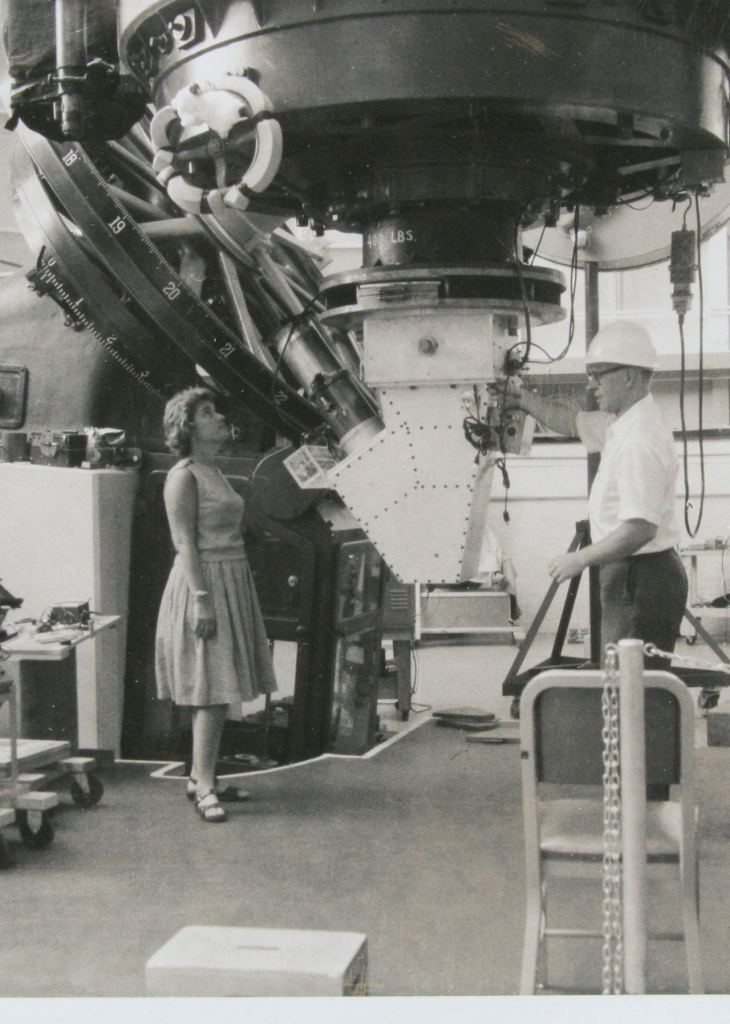
The Telescope
The Vera Rubin Survey Telescope is a game-changer. It has a completely different modus operandi than most other telescopes. In fact, in some ways it’s more of a camera than a telescope, and it’s guided by three words: wide, deep, and fast.
The VRST is a huge 3.2 gigapixel panoramic camera that will capture richly detailed images of the entire available night sky, over and over. It’ll allow astronomers to watch the night sky in depth, and anyone with an internet connection will be able to watch, too. One of the VRST’s functions is to notice transient objects, things like comets and asteroids, but also supernovae. It will then alert astronomers around the world so that other telescopes can study them in detail.
But the real reason that the ‘scope is being named after Vera Rubin is dark matter. The VRST will map billions of galaxies over time, and the resulting avalanche of data will help us understand both dark matter and dark energy.
“Science is competitive, aggressive, demanding. It is also imaginative, inspiring, uplifting. You can do it, too.”
Vera Rubin, Commencement Address, 1996.
Along with her Master’s Degree from Cornell and her PhD from Georgetown, Rubin was granted honorary Doctors of Science degrees from several universities including Harvard, Yale, Smith and Grinnell. She was a member of the U.S. National Academy of Sciences and the Pontifical Academy of Sciences. She was also the first woman since 1828 to receive the Gold Medal of the Royal Astronomical Society in London. She also was awarded the U.S. National Medal of Science in 1993.
Rubin was remarkable because her career as a scientist intersected with a time in society when women simply were not expected to be scientists. Her work as a scientist is remarkable and historical in itself, but the fact that she had to fight her way through the sexism of the time just adds to her legacy.
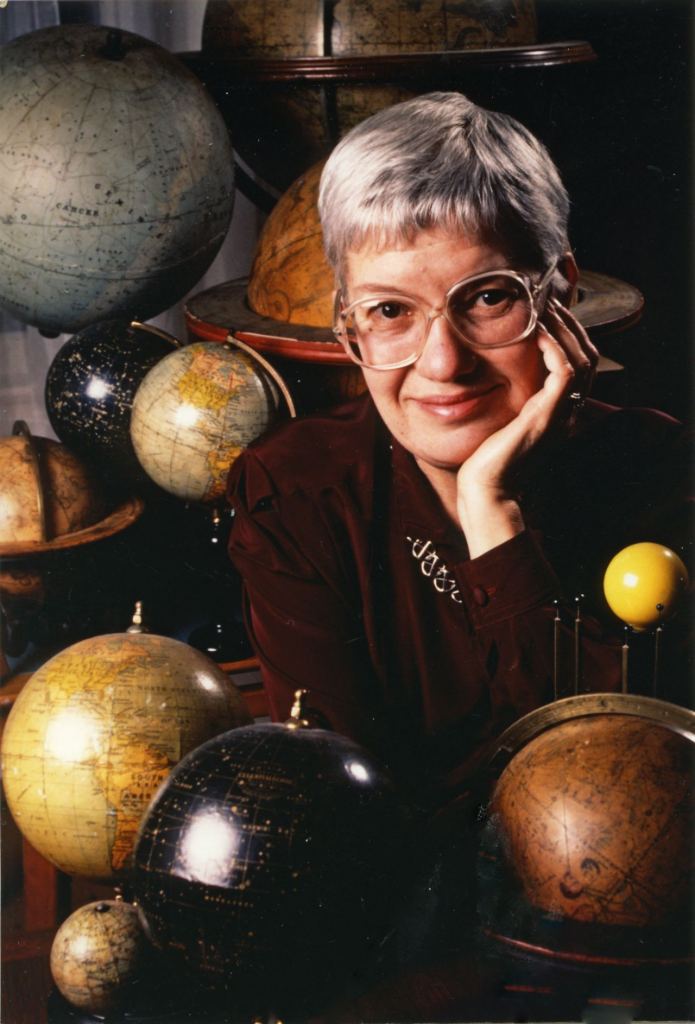
Vera Rubin was a champion of women in science, and her accomplishments are an inspiration to anybody who wants to pursue a life of science. In a commencement speech at UC Berkeley in 1996, Rubin said, “I hope some of you will be able to devise your own paths through the complex sociology of science. Science is competitive, aggressive, demanding. It is also imaginative, inspiring, uplifting. You can do it, too.”
Vera Rubin passed away in December, 2016.
Sources:
- Ars Technica: A History of Dark Matter
- Universe Today: Rise of the Super Telescopes: The Large Synoptic Survey Telescope
- Wikipedia: Vera Rubin
- Carnegie Science Institute: Effort To Rename Next-Generation Telescope For Vera Rubin Advances House

